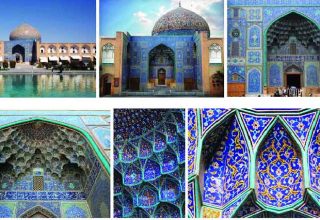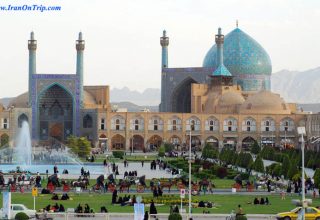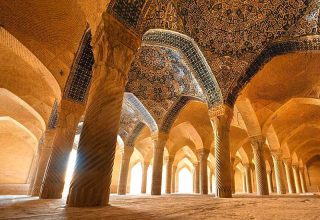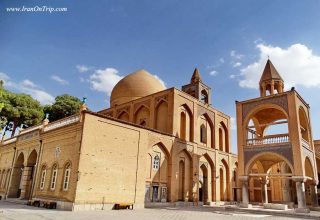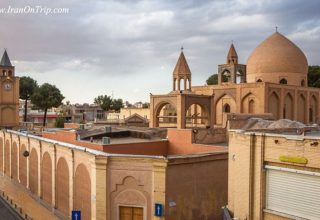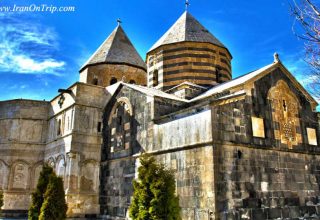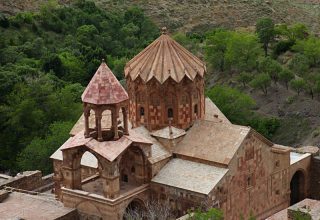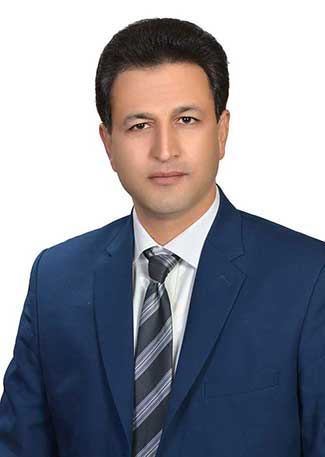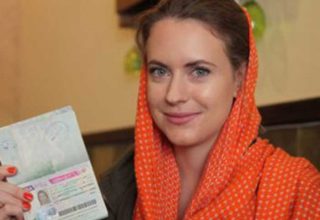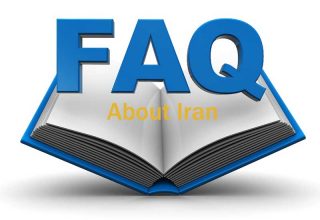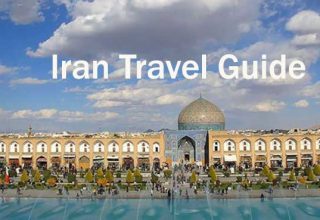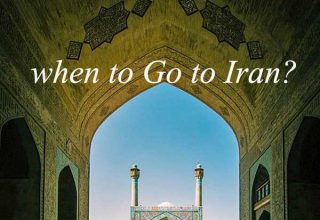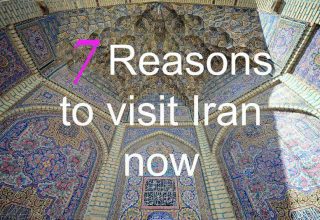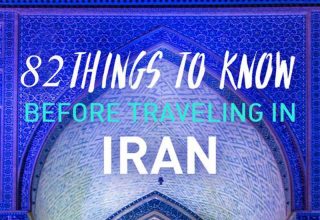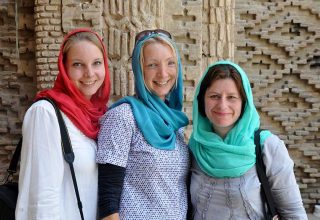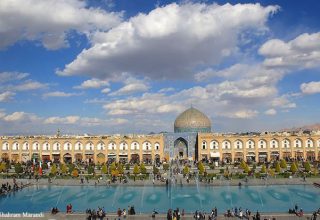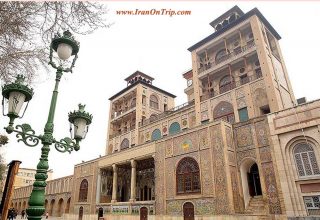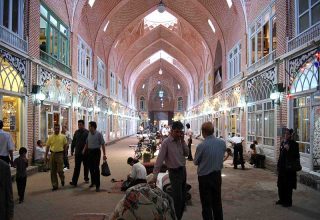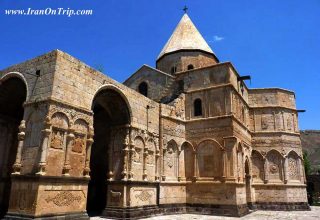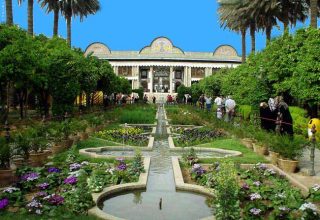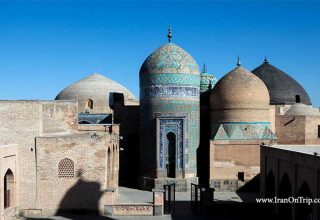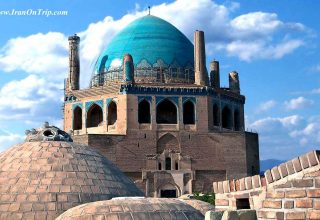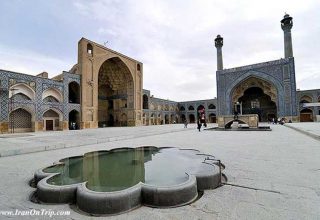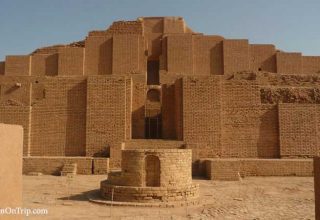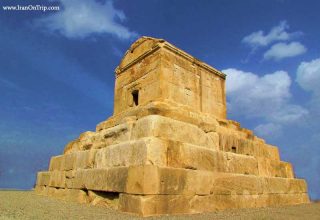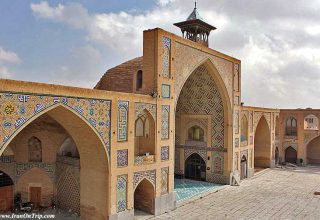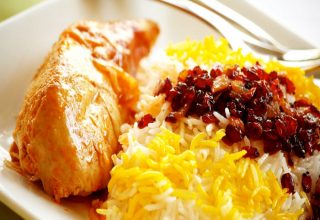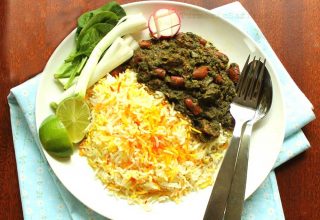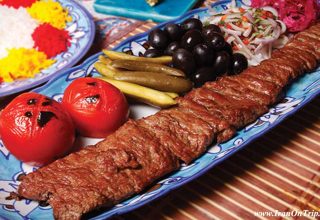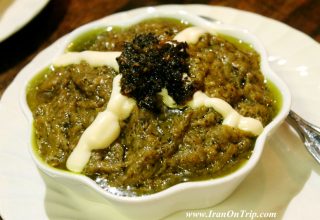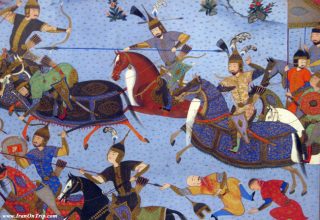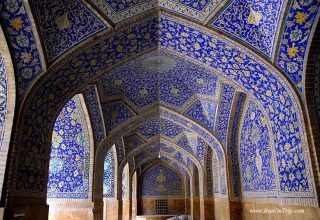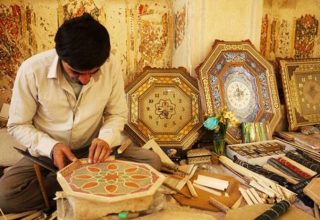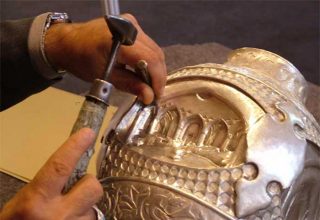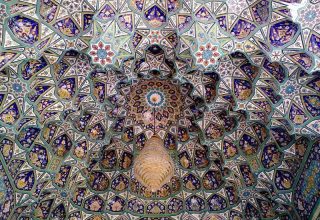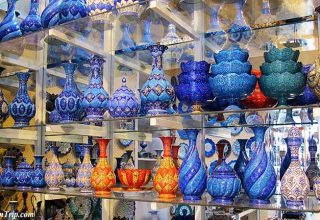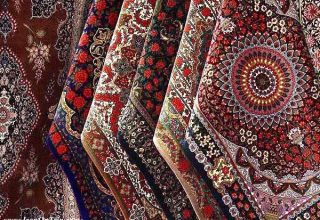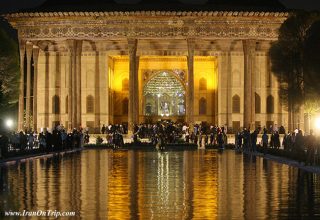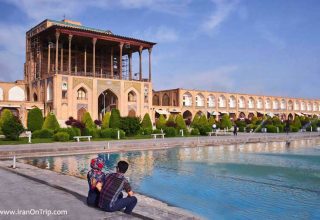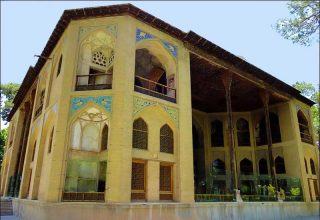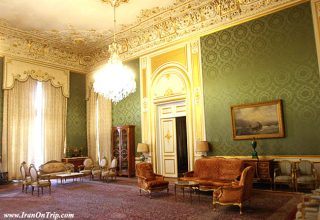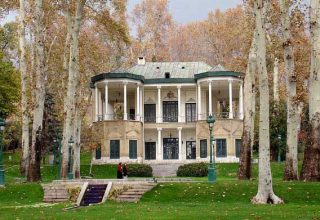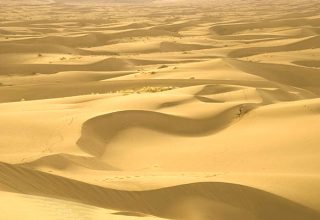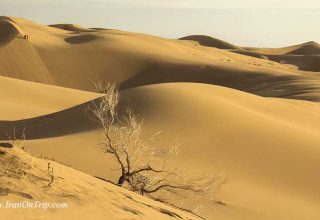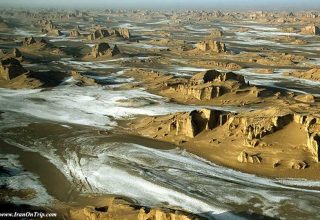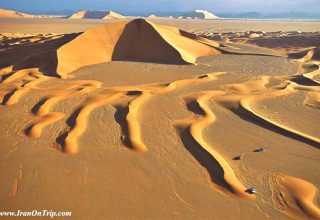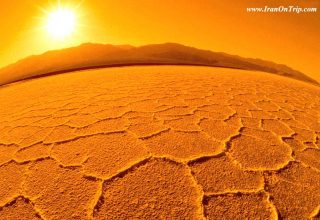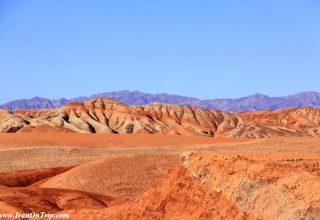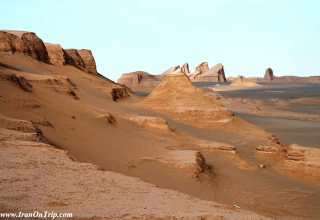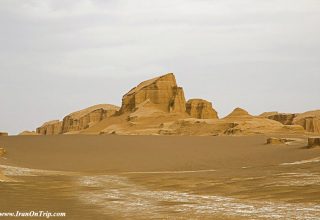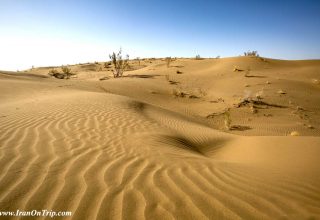
A mosque was built in the 10th century and was named Masjed-e Jorjir was ruined. On the site of Jorjir mosque a new mosque was planned and constructed. This mosque was called “Hakim Mosque“ and was built in 1656.This mosque was constructed by Hakim Davoud a physician of Shah Abbas the second court. Hakim Davoud was forced to move to India. He spent last years of his life at the court of Jahan Shah in India.One of the oldest Isfahan Mosques it comes under officially recognised monuments of Iran. For a virtual tour and pictures of the city click on the link to the Hakim Mosque on the Isfahan Site. It has been included in the books published by Iranian Ministry of Antiquities on Monuments Of Iran,

History Of Monuments of Isfahan by Dr Honarfar (translated below), as well as Archeological guides.The Hakim Mosque is situated at the end of Painter and Dyer’s Market (Bazaar-e-Rang Razan) part of Isfahan’s Bazaar. It was built in mid seventeenth century, on the site of a tenth century mosque built by Ismail Ibn Abbad minister in the court of Fakhr-Al-Doleh or Moayed-Al-Doleh of the Dalaimite or Buyids dynasty, of which only the Jurjir (or Jorjir) Portal remains (discovered in 1955 hidden behind mud brick walls). The seventeenth century mosque was built by our ancestor Mohammad Davoud Hakim. Construction started in 1656/7 and finished in 1662/3. Mohammad Davoud was the king’s doctor in the Safavid Courts of Shah Safi and Shah Abbas II. According to European travelers to Persia and India in the seventeenth century, Doctor Mohammad Davoud fell out of Shah’s favour and went to India and was given the title Tagharrob Khan in the Court of the Emperor of India Aurengzib.

The Hakim Mosque

On the tablet on top of the northern entrance of this Mosque it is inscribed that the Hakim Mosque was founded by Mohammad Davoud entitled as Tagharrob Khan physician to Shah Abbas II (1642-1666 AD) and was completed in the year 1073 A.H. (1662/3 AD). This mosque was constructed in the same area as ancient mosque of Deylamid era called Jorjir or the Painters’ Guild, of which only the porch remains today. Chardin has written the following about this physician (Hakim) Davoud who was Shah Safi’s (Safi I, 1629 – 1642) and Shah Abbas The Second’s physician:
‘’Because of some intrigue he fell out of Shah’s favour and he was afraid of worse things to come (death; one of Safi’s first acts when he came to the throne was to have 7 of his courtiers beheaded ) escaped to India and did so well there to become a very successful, reputable and prominent person. According to the travel diaries of Bernier as soon as Hakim Davoud, who had a big part to play in the war between Aurengzib and his brothers, was called Arabshah (Hakim Davoud that is, the references to Arabshah or Arab Khan is a mistake by Chardin and the English translator of Bernier’s Travels has confirmed it ), established himself in a prominent position started sending plenty of riches to his family in Isfahan, and either out of a sense of nationalistic feelings or because of a desire to keep his name alive, continued doing so (sending funds ) until the construction of the mosque was completed.’’
The Tablet On The Eastern Entrance Of The Hakim Mosque

Near the eastern entrance of the Hakim Mosque opposite the burial grounds of Haj Mohammad Ebrahim Kalbassi, a poem is inscribed in white Nastaliq calligraphy on blue ceramic tiles which describes the commissioning of the mosque’s construction by Hakim Davoud during the reign of Shah Abbas II and the year construction began 1067 A.H. (It was a sign of grandeur in Iran for poets to be commissioned to describe events in noble’s lives in colourful language. Below is typical Persian poetry with mystic references and Persian wit, note the pun on the name Davoud or David with mystical reference to the prophet David’s paradise. The last line codifies the year of the construction using the Abjad Alphabet which is ancient coding system, which is an ancient system of using alphabet to codify numbers. This is an amazing feature of the Iranians love for art and mathematics, the line is in perfect harmony with the rest of the poem yet it includes a coded number.

In the age that the throne is adorned by the ruler of the revolving world, the king of kings
The Solomon of (his?) time, Abbas The Second, the shadow of god
Omniscient was made the sagacious physician Davoud Who came to be called in the court of India as Tagharrob khan
That he must make his way without delay to Isfahan
To lay the foundation of a mosque like Davoud’s paradise
It was through the efforts of the employer that in these times there was constructed
An auspicious mosque like the solitary spiritual world
Pleasant place of prayer which liberates the mind in a benevolent manner
Date of construction is written clearly in this next part
The centrepoint of worship is now from Davoud of Isfahan
1067 (A.H.-1656/7 AD )

Isfahan Hakim mosque a Buyid structure
Hakim Mosque, built in the years 1067-73/1656-63, was commissioned by Ḥakim Mo-hammad Dawud, a converted Jew who served as the royal physician during the reigns of Shah Safi I and Shah ʿAbbas II. Chardin relates that the considerable funds needed for the construction of the mosque had been amassed in India by Ḥakim Dawud, who had left the Safavid court after his fall from favor during the reign of Shah ʿAbbas II . His considerably more favorable reception at the court of Shah Jahan, who granted him the title of Taqarrob Khan, the confidant, brought with it wealth. Ḥakim Dawud never returned to Persia to see his namesake mosque, which carries his name in a poem inscribed on the portal and containing the chronogram “maqam-e kaʿba-ye digar sod az Dawud-e ESfahan” indicating the date (1067) of the constructio.This mosque is located on the site of the Buyid Jorjir/Rangrezan Mosque, whose construction is credited to the Buyid vizier Ṣaḥeb Esmaʿil b. ʿAbbad (d. 385/995), and of which only a carved doorway has survived.It is nearly four-acres in area, which makes it the largest mosque in Isfahan after the Saljuq and Safavid congregational mosques, thus representing an extraordinary instance of competitively scaled sub-imperial patronage in the capital city. It too is a four-ayvan, courtyard-centered mosque of the Persian type. Unlike the two Safavid mosques, here the vast surfaces, especially inside the ayvāns and the domed chamber over the mehrab are decorated with alternating glazed and unglazed tiles. The epigraphic program, designed entirely by Moḥammad-Reza Emami, one of the greatest masters of mid-17th century, records the name of the architect as Mohammad-ʿAli b. Ostad ʿAli Beg Esfahani .The architect was the son of the master builder ʿAli Beg of Isfahan, whose name appears in the foundation inscription of the Masjed-e Sah. By employing the artists and architects associated with royal projects, Ḥakim Dawud partakes in the same atmosphere of surrogate and competitive patronage that inspired many golams and other elite members of the Safavid household. As the foundation inscription of the mosque indicates, despite his sanctuary at the court of the Sunni Mughal emperor, the physician remained loyal to the protection of Twelver Shiʿism under the auspices of the Safavid Shah ʿAbbas II.
Historical Mosques of Iran – old Mosques of Iran – Historical Mosques of Isfahan – old Mosques of Isfahan – Isfahan Hakim Mosque – old Mosques of Isfahan


